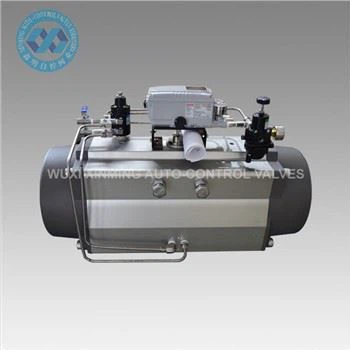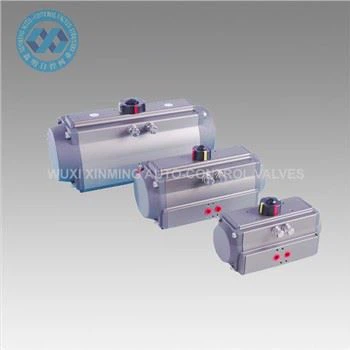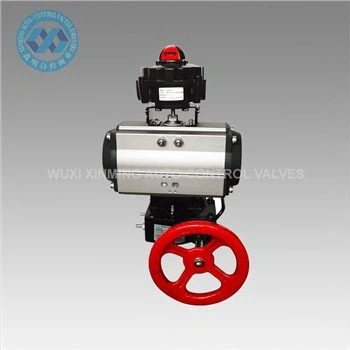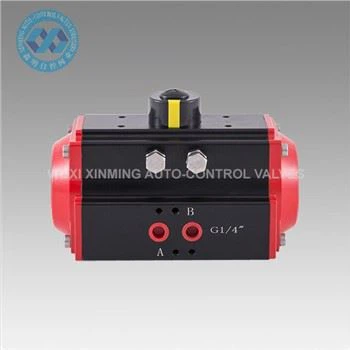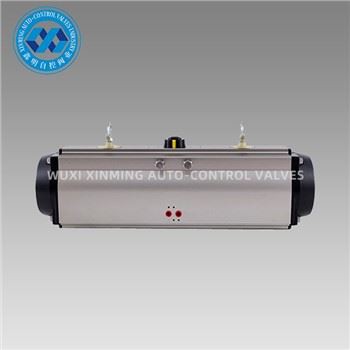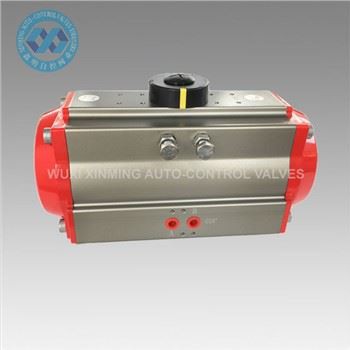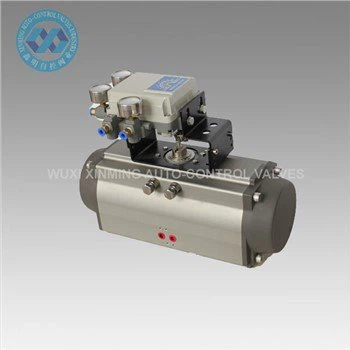Introduction
Pneumatic actuators are widely used in robotics due to their high power-to-weight ratio, rapid response, and cost-effectiveness. Unlike electric or hydraulic actuators, they operate using compressed air, making them ideal for lightweight, high-speed robotic applications. This article explores their design, advantages, key applications, and emerging trends in robotics.
Design and Working Principle
1. Basic Components
A typical pneumatic actuator for robotics consists of:
- Cylinder: Aluminum or composite body for lightweight and corrosion resistance.
- Piston & Rod: Optimized for smooth, low-friction motion.
- Air Valves: Solenoid or proportional valves for precise airflow control.
- Seals & Cushioning: Nitrile or polyurethane seals prevent leaks, while internal cushions reduce impact.
2. Actuation Types
- Linear Actuators: Used for pushing, pulling, or lifting (e.g., Festo DSNU, SMC MXQ).
- Rotary Actuators: Provide angular motion (e.g., Parker RPRA series).
- Soft Pneumatic Actuators: Flexible, inflatable structures for delicate gripping (e.g., Festo FinGripper).
3. Control Systems
- On/Off Control: Simple solenoid valves for binary motion.
- Proportional Control: Adjustable pressure for variable force/speed.
- Feedback Integration: Some models include position sensors for closed-loop control.
Advantages in Robotics
-
High Speed & Force-to-Weight Ratio
- Faster than electric motors in repetitive tasks (e.g., pick-and-place).
- Capable of high forces despite compact size.
-
Lightweight & Compact
- Ideal for mobile robots and exoskeletons.
-
Overload Safety
- Air compressibility prevents damage in collisions.
-
Low Maintenance & Cost-Effective
- No complex electronics, reducing failure risks.
-
Clean Operation
- No sparks, making them safe in explosive environments.
Key Applications in Robotics
1. Industrial Robotics
- Assembly Lines: High-speed gripping and part handling (e.g., ABB IRB 1400 with pneumatic end-effectors).
- Packaging Robots: Rapid sorting and sealing (e.g., Bosch pneumatic pickers).
2. Collaborative Robots (Cobots)
- Soft pneumatic grippers ensure safe human-robot interaction.
3. Medical & Rehabilitation Robotics
- Prosthetic limbs and exoskeletons use low-weight pneumatic muscles (e.g., Shadow Robot’s air muscles).
4. Bio-Inspired & Soft Robotics
- Octopus-like grippers (e.g., Festo OctopusGripper) for delicate object handling.
Challenges and Limitations
-
Precision & Repeatability
- Less accurate than servo motors for high-precision tasks.
-
Air Supply Dependency
- Requires compressors, limiting mobility in untethered robots.
-
Energy Efficiency
- Air leakage and compression losses reduce efficiency.
Future Trends
-
Smart Pneumatic Actuators
- IoT-enabled sensors for real-time pressure and position monitoring.
-
Hybrid Systems
- Combining pneumatic and electric actuation (e.g., Festo Motion Terminal).
-
Energy Recovery Systems
- Recapturing exhaust air to improve efficiency.
-
3D-Printed Soft Actuators
- Customizable, lightweight designs for adaptive robotics.
Conclusion
Pneumatic actuators remain a vital technology in robotics, particularly where speed, safety, and cost-efficiency are critical. Advances in soft robotics and smart control systems will further expand their role in next-generation automation.
If you want to learn more about low-priced products, please visit the following website: www.xm-valveactuator.com


